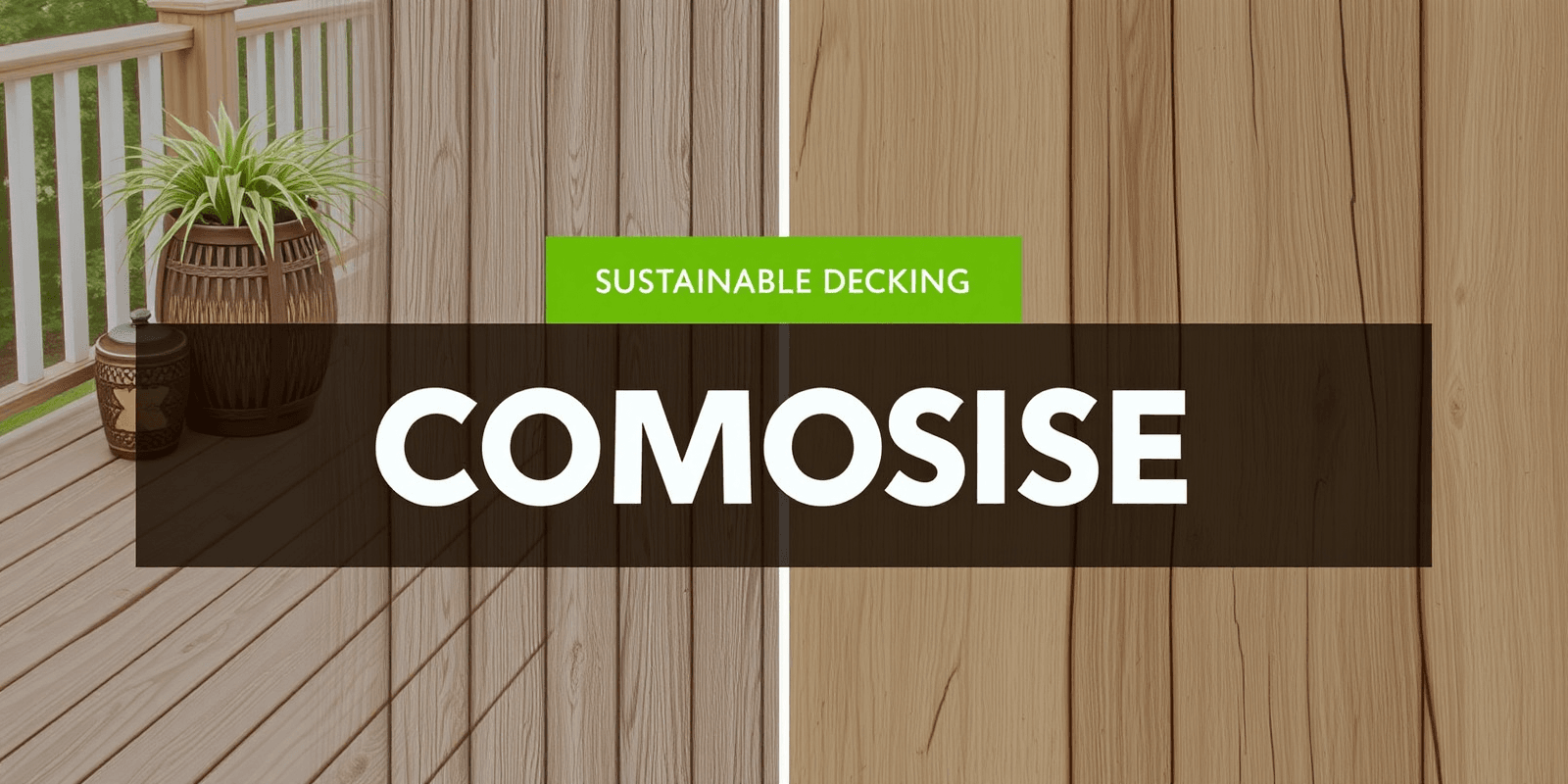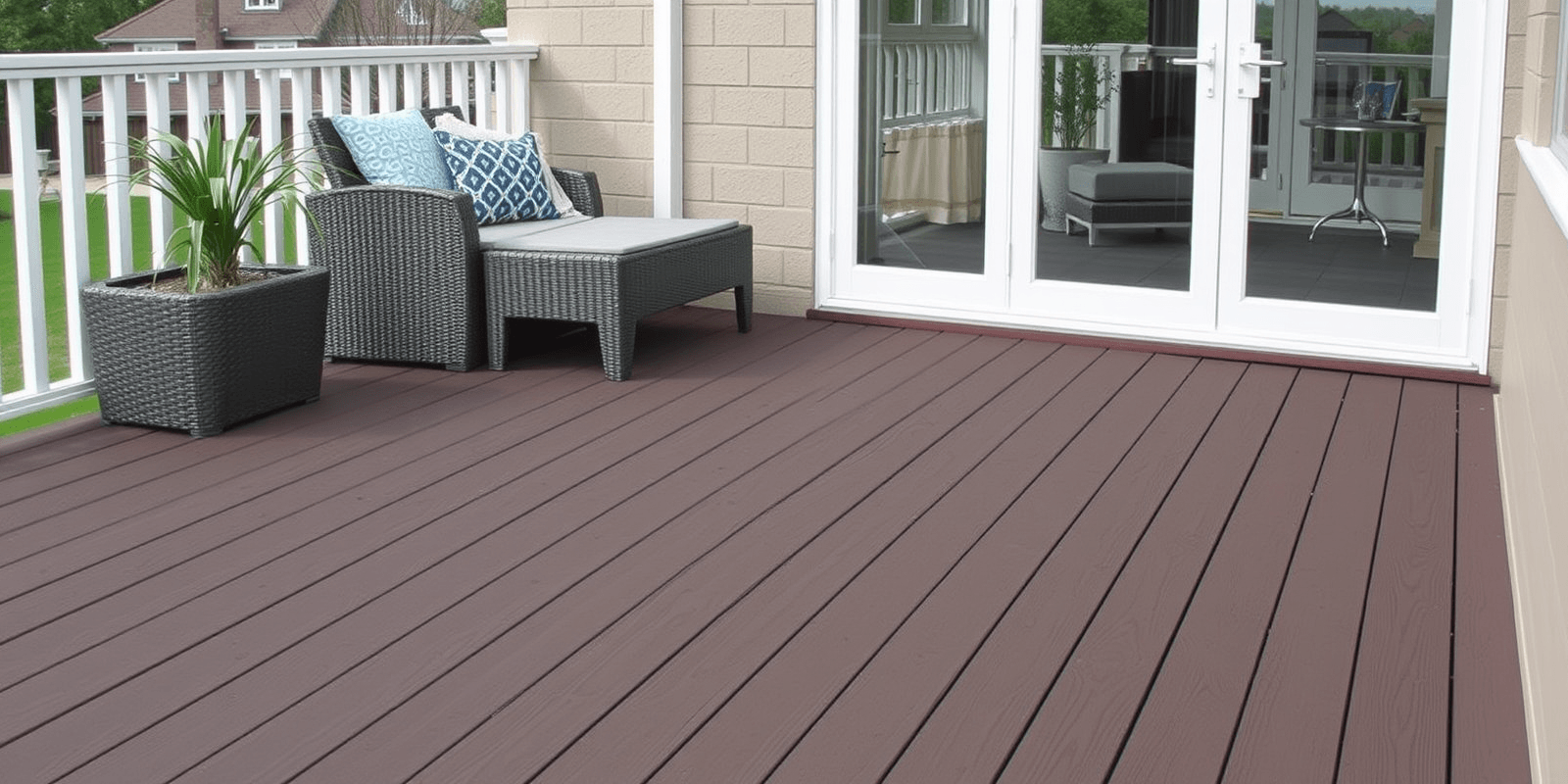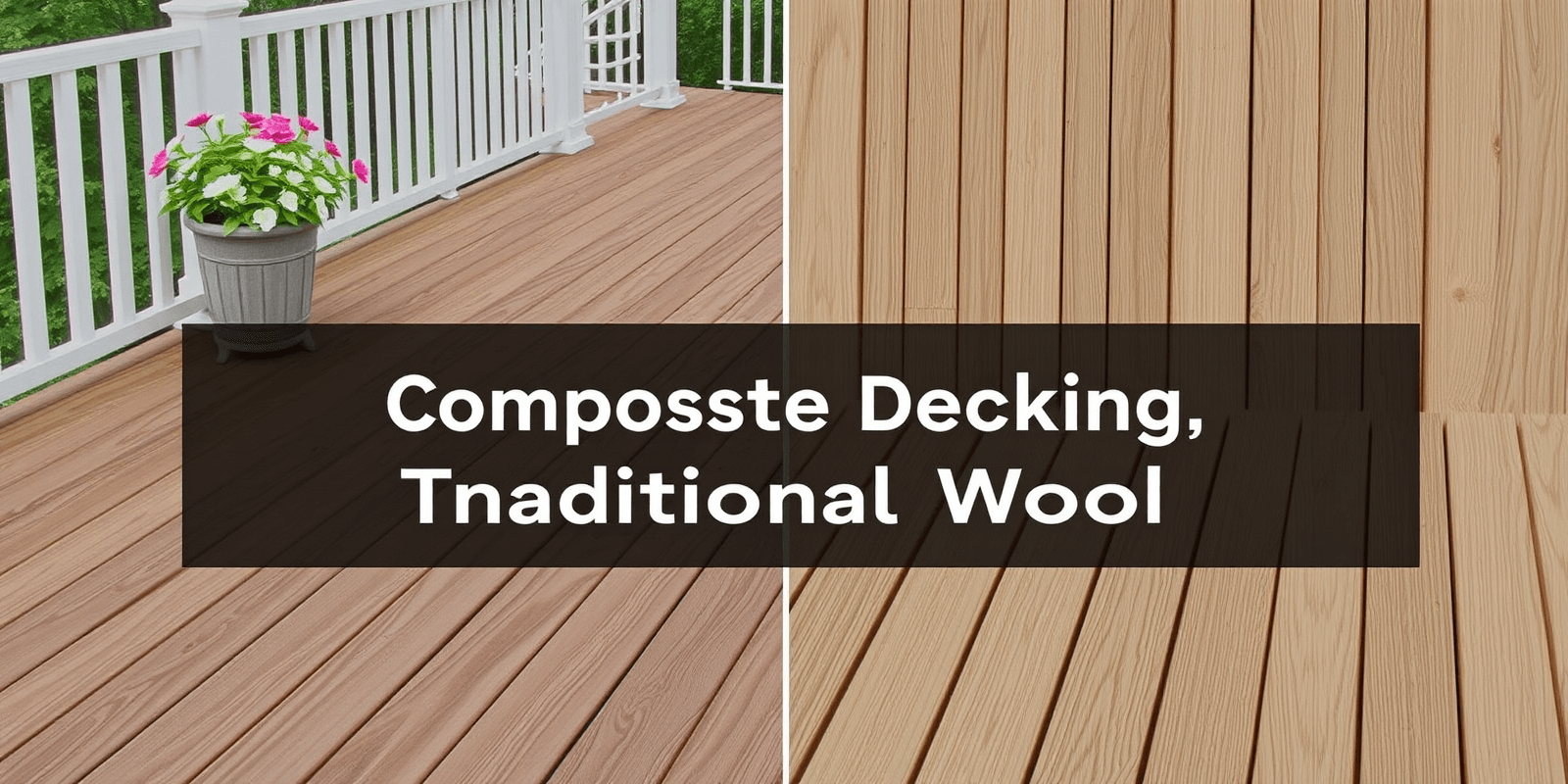“`html
Sustainable Choices: Wood vs. Composite Decking
Introduction
In recent years, sustainability has become a crucial consideration for homeowners when choosing building materials for their decks. This blog post will explore the environmental impact of harvesting raw materials, the use of recycled content, and the recyclability of both wood and composite decking materials. By understanding these factors, consumers can make informed decisions that align with their values and contribute to a more sustainable future.
Harvesting Raw Materials
When it comes to wood vs. composite decking, the sourcing of raw materials plays a significant role in determining their overall environmental impact. Traditional wood decking often uses pressure-treated pine or tropical hardwoods like ipe and teak. While some wood species are responsibly sourced from managed forests, others may come from clear-cutting operations that contribute to deforestation and habitat loss. In contrast, composite decking is typically made from a combination of plastic (often recycled) and wood fibers. The use of recycled plastic reduces the demand for new raw materials and helps divert waste from landfills.
Recycled Content and Manufacturing Process
Composite decking manufacturers often incorporate a high percentage of recycled materials, such as plastic bottles and reclaimed wood fibers. This not only reduces the need for virgin resources but also decreases energy consumption during production compared to traditional wood decking. Additionally, the manufacturing process for composites tends to produce fewer emissions than the harvesting and processing of natural wood. However, the production of composite materials does involve the use of chemicals and energy-intensive processes, which can offset some of its environmental benefits.
Recyclability and End-of-Life Considerations
One of the most significant advantages of composite decking is its potential for recycling at the end of its life cycle. While traditional wood can be repurposed or composted, composite materials pose a challenge due to their mixed composition. However, advancements in recycling technology have made it possible to recycle certain types of composite decking, although this process is still in its early stages and not widely available. On the other hand, wood decking can be reused or composted, making it a more readily recyclable option.
Influence on Consumer Choices
The sustainability considerations outlined above significantly influence consumer choices when selecting between wood and composite decking. Many homeowners prioritize the use of recycled materials and the potential for end-of-life recycling when making their decision. As awareness of environmental issues grows, there is an increasing demand for products that minimize ecological footprints. This shift in consumer behavior drives innovation in the decking industry, leading to the development of more sustainable options and practices.
Future Trends in Decking Materials
Looking ahead, the future of decking materials is likely to see continued advancements in sustainability. Innovations in composite technology, such as the use of plant-based resins and biodegradable plastics, could further reduce the environmental impact of these materials. Additionally, the adoption of circular economy principles within the decking industry may lead to more efficient use of resources and improved recycling infrastructure. As consumers become increasingly conscious of their environmental footprint, the demand for sustainable decking solutions will likely drive the market towards more eco-friendly options.
“`



